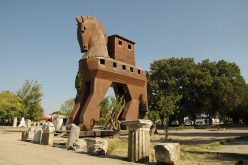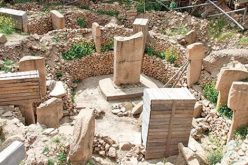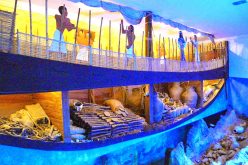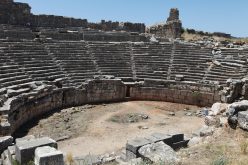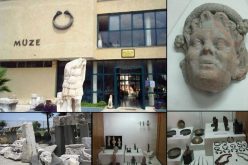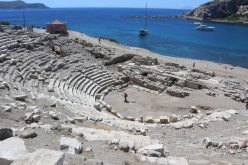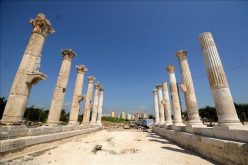Hierapolis Ancient City
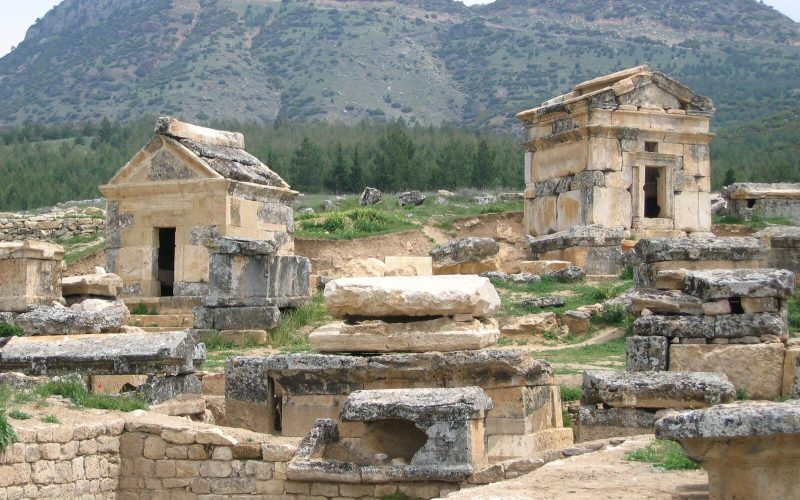
Hierapolis Ancient City
Hierapolis Ancient City, is about 20 km north of Denizli. It is called a Holy City in Archeological literature because there were many temples and religious buildings in Hierapolis. The ancient city is situated between several historical areas. According to the ancient geographers, Strabon and Ptolemaios, Hierapolis was very close to Laodicea and Tripolis which was in Kario’s Border. That’s why it was a Phrygian City. There is no information about Hierapolis history before the Hellenistic Era, but we know there was a city there before then. It’s called Hierapolis because of its Mother goddess Cult.
Information about Hierapolis is limited. It is known that the king of Pergamum, Eumenes II, founded the city in 190 BC. It was named Hierapolis after the Amazon’s Queen Hiera, the wife of Telephos, the founder of Pergamum. (Pergamum is also called Pergamon or Pergamos).
Hierapolis was destroyed by the earthquake in 60 A.D. during the time of Roman Emperor Nero. During the reconstruction after the earthquake, the city lost its Hellenistic Style and became a typical Roman City. Right after the Roman period started, Hierapolis became an important center because of its commercial and religious position. In 80 A.D. St. Philip came to Hierapolis and was murdered by the Jewish inhabitants. The Turks conquered Hierapolis at the end of the 12th century A.D.
Ruins of Hierapolis: Entrances and Main Street: The ancient city is divided by the main street which is about 1 km long. There are columnar governmental galleries on both sides. There are also monumental entrances at the beginning and at the end of the main street. The area is outside of the Byzantine city walls, because the gates, most of the main street, and most of the side streets were built in the Roman Period. The South Byzantine Gate on the south edge of the city is dated at 5 A.D. The well-preserved North Gate has two round towers and inscriptions in Greek and Latin honoring Emperor Domitian. That’s why the gate is also called the Domitian Gate. The gate was built in 82-83 A.D. by Julius Sextus Frontinus. The gate is also known as Frontinus Gate because of its architect. The entrance is situated where the city walls cross the street.
Related Articles
Write a Comment
Only registered users can comment.




